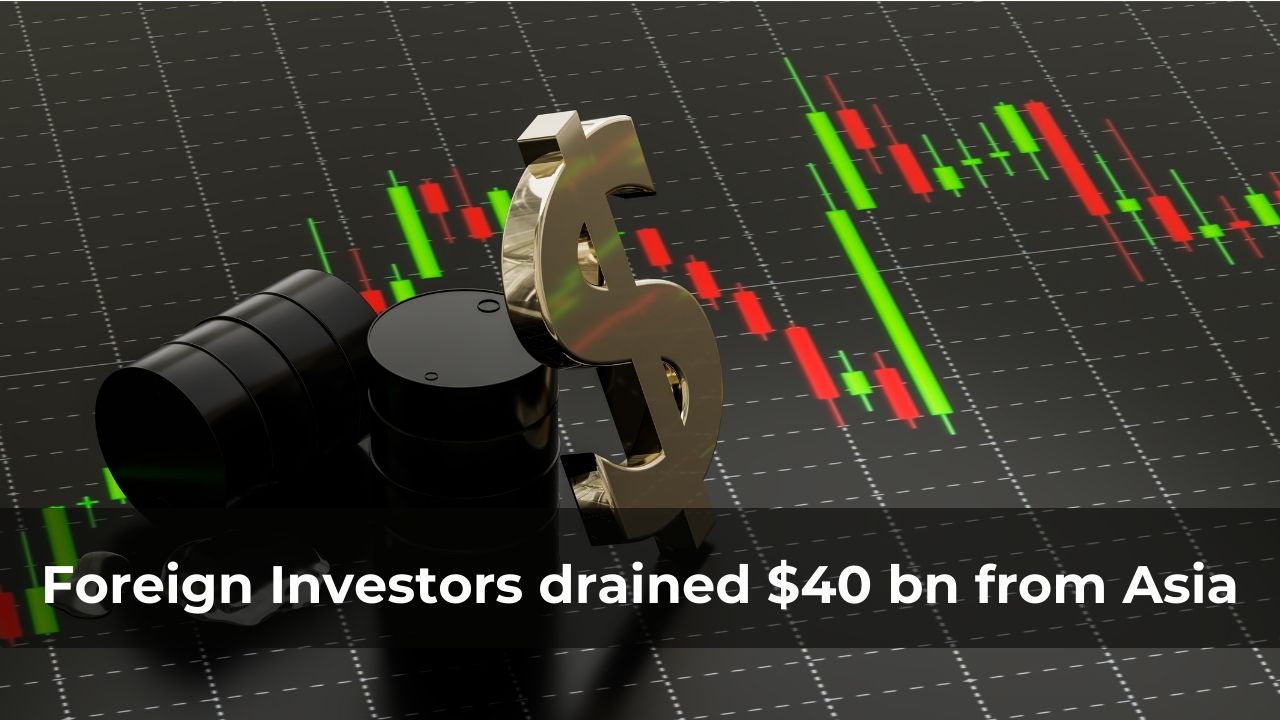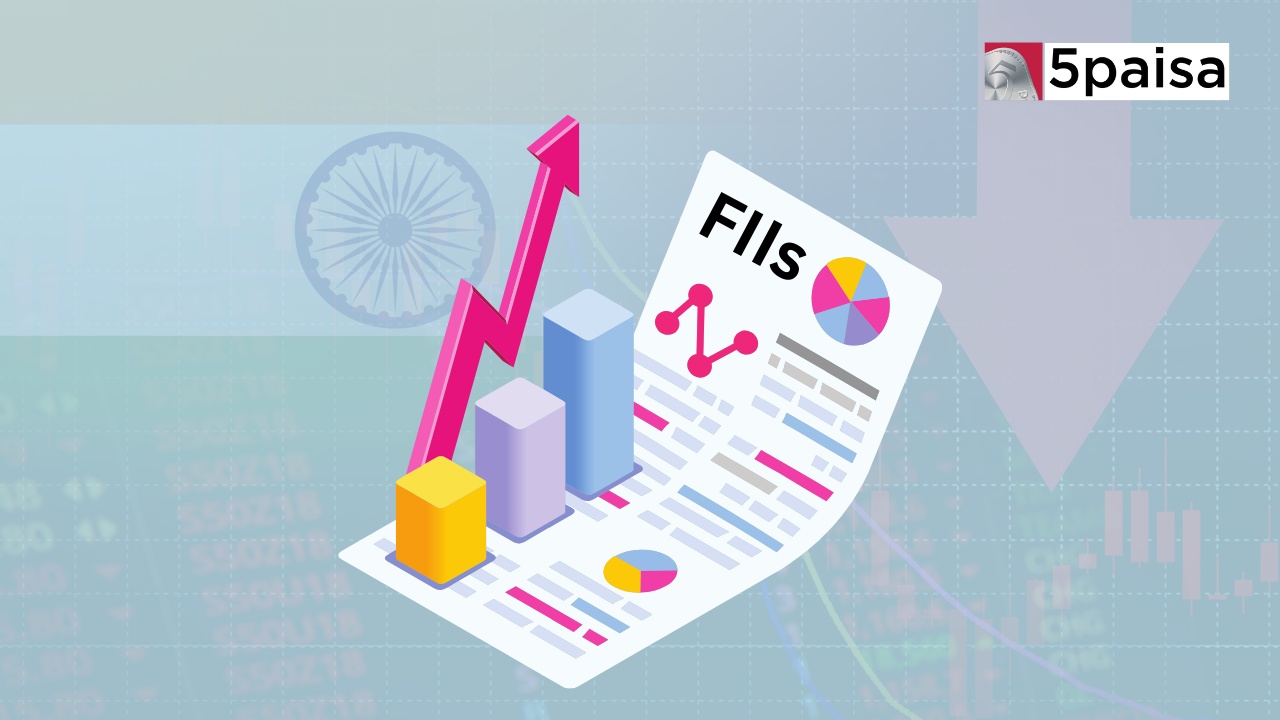Risk Off investors withdraw $40 billion from Asian EMs

Last Updated: 5th July 2022 - 04:25 pm
The two words that most emerging markets dread are “Risk-Off”. It means that amidst rising uncertainty in the global markets, foreign portfolio investors (FPIs) prefer the more stable and matured markets like the US, Japan, Switzerland etc. They are OK with lower returns as long as the risk is lower and they are assured are getting back their principal amount. That is what risk-off is all about and that is we are getting to see in abundance in the last few months. Global investors are just going risk-off and avoiding Asian emerging markets.
There are a handful of markets in Asia that have been the darlings of foreign portfolio investors. For a long time, Taiwan and South Korea were the preferred markets. In the last few years, India has emerged as a favourite destination and in recent times even Indonesia and, to a lesser extent, Thailand and Philippines have emerged as preferred investment destinations. However, the scenario in the last few months has been far from satisfactory for all these markets, which have borne the brunt of the selling in the stock markets.
Some of the numbers are quite intimidating. It is estimating by Bloomberg that global funds offloaded a net amount of $40 billion of equities across seven regional markets in the June 2022 quarter. This is more than the outflows in any 3-month period since 2007. The biggest selling happened in Taiwan and South Korea. India with its excess reliance on imported oil has also been a major selling target. Foreign investors have also been selling heavily into Indonesian bonds. There are several factors triggering this risk-off selling in Asian EMs.
Start Investing in 5 mins*
Get Benefits worth 2100* | Rs.20 Flat Per Order | 0% Brokerage
There are several reasons why the fund managers are worried about the emerging markets in Asia. There is the high risk of rampant inflation and aggressive central bank interest-rate hikes. Both are likely to jointly curtail the growth outlook of these vulnerable economies severely. Factors like a recession in the US and Europe, worsening COVID lockdowns in China and the ongoing war in Russia are also badly hitting the supply chains that feed Asian trade. Amidst all these factors, there were always fears that most Asian EMs were overvalued.
The caution is the highest towards export driven economies like Taiwan and Korea. Countries like India are also seen as vulnerable due to their huge dependence on imported oil to fuel the economy. The outflows in this round were more than during the global financial crisis of 2008, or the 2013 taper tantrum or even during the peak of the Federal Reserve’s last rate-hike cycle in 2018. Taiwan alone saw outflows of $17 billion in the June quarter accounting for 45% of all net outflows from emerging Asian markets.
However, Asian analysts are less worried as they believe the reasons are external and not internal to Asia. Foreign investors are selling, not because something has gone wrong with Asia, but because US Fed and other central banks are tightening monetary policy. Like the NASDAQ that is down 30% from its peaks, tech shares account for 50% of Taiwan and 33% of Korean benchmarks. They make these markets more prone to a sell-off. Both Korea and Taiwan export heavily to Japan and a weak yen is worsening matters for them.
The real story for Asia is called the double whammy. What is really weighing on Asia is the rapidly tightening liquidity in developed markets and high fuel prices. This combination is starting to weigh on Asian currencies and depressing flows into Asian financial markets. What it means is that the Asian equity markets may have corrected a lot more than is apparent if you also consider the impact of the currency depletion. That should make an attractive investment basket case for the future?
- Flat ₹20 Brokerage
- Next-gen Trading
- Advance Charting
- Actionable Ideas
Trending on 5paisa
06
 Tanushree Jaiswal
Tanushree Jaiswal
Global Market Related Articles
Disclaimer: Investment in securities market are subject to market risks, read all the related documents carefully before investing. For detailed disclaimer please Click here.
 5paisa Research Team
5paisa Research Team




